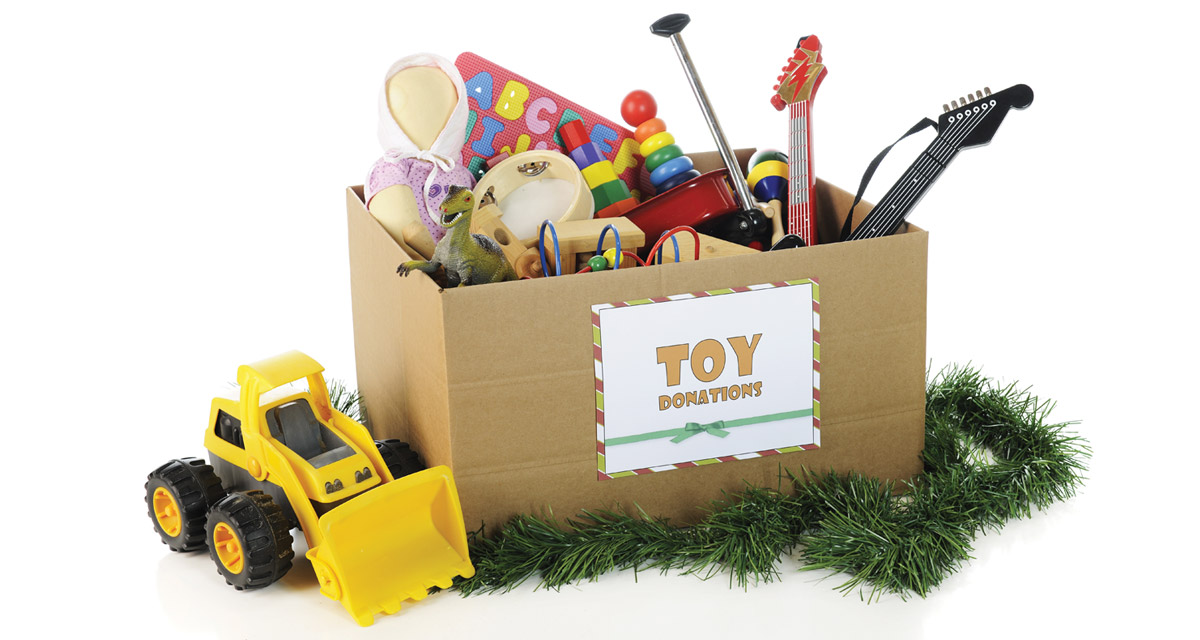The holidays can be extremely stressful times for all people, especially parents. In recent years it seems that the gift-giving portion of the Christmas season has been taken over by the gift-receiving portion. For parents, it is important to make sure children are not focused solely on the presents they’ll be receiving on Christmas morning, but more on the message of giving around the holiday season. How can this be achieved, however, if they are constantly bombarded with advertisements on all the cool material items they “must” have? Implement the following rules within your holiday traditions, and it will help you end the holidays with less stuff and more appreciation than you started with.
Start right when the holiday season starts for you—which for many of us is when Target starts selling Christmas ornaments. The first thing that is important to do is to sit down with your children and discuss what the holidays mean to you. Focus on how important and fun it is to spend this time with family, and talk about how grateful you are for the things that you have. When they inevitably bring up how thankful they are for all their toys, ask them how they would feel if they weren’t able to have any toys. Talk for a little bit about how some families can’t afford Christmas presents or even enough food for a big Christmas dinner. Use this as a transition to how your family can help these children—then, drop the bomb! You can look through all your toys and pull out anything that isn’t getting regular use and doesn’t have major sentimental value and donate it to children who aren’t as lucky.
The actual sorting of toys will need to be supervised; this is an activity that when started young will be easier each following year. Hold out each toy and ask your child when the last time they played with it was. Is this something that goes with another set, and do you still have the other pieces? No need to keep plastic cookware if you got rid of the toy kitchen two years ago. Does it even work? Broken toys can get thrown out (and you will find many of them hidden in toy boxes if you are like most American families), which will reduce your excess stuff as well. Is it age-appropriate? If you have older children and find a bunch of baby toys, you probably don’t need them taking up space in your house.
The way the toys leave your house can vary; many parents chose to have their children be present when dropping the toys off at a charitable location (Goodwill, Charity Thrift Shop, Shelter, etc.), to bring the process full-circle. If you have a smaller amount of toys that you are donating, a fun option is also to have a large burlap bag that you fill with the toys to put under the tree to perpetuate the idea that Santa will distribute them to children in need. The only obstacle to the latter option is making sure you hide the bag well enough and donate it quickly enough that your children don’t find it and you have some uncomfortable explaining to do.
Now that you have decluttered your house, make sure you don’t refill it with too many new toys under the tree. Follow the “Rule of 4,” which involves splitting presents into four groups, stipulating that the children can only get one present from each. The four sections are: “Something you want, something you need, something to wear, and something to read.” This way they are only getting one toy, and three other things that can still be fun, but are more useful. This rule can be a bit restrictive, and many parents are of the mind that you can never have too many books, so adjust as you see fit for your family. It’s also important to pass this information on to any relatives who may be buying presents for your children. Now sit back and enjoy the holidays without stressing about your house being overrun with toys!



















